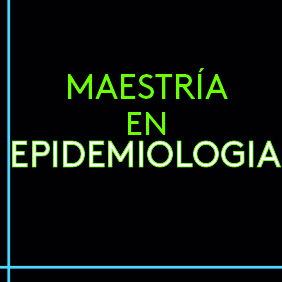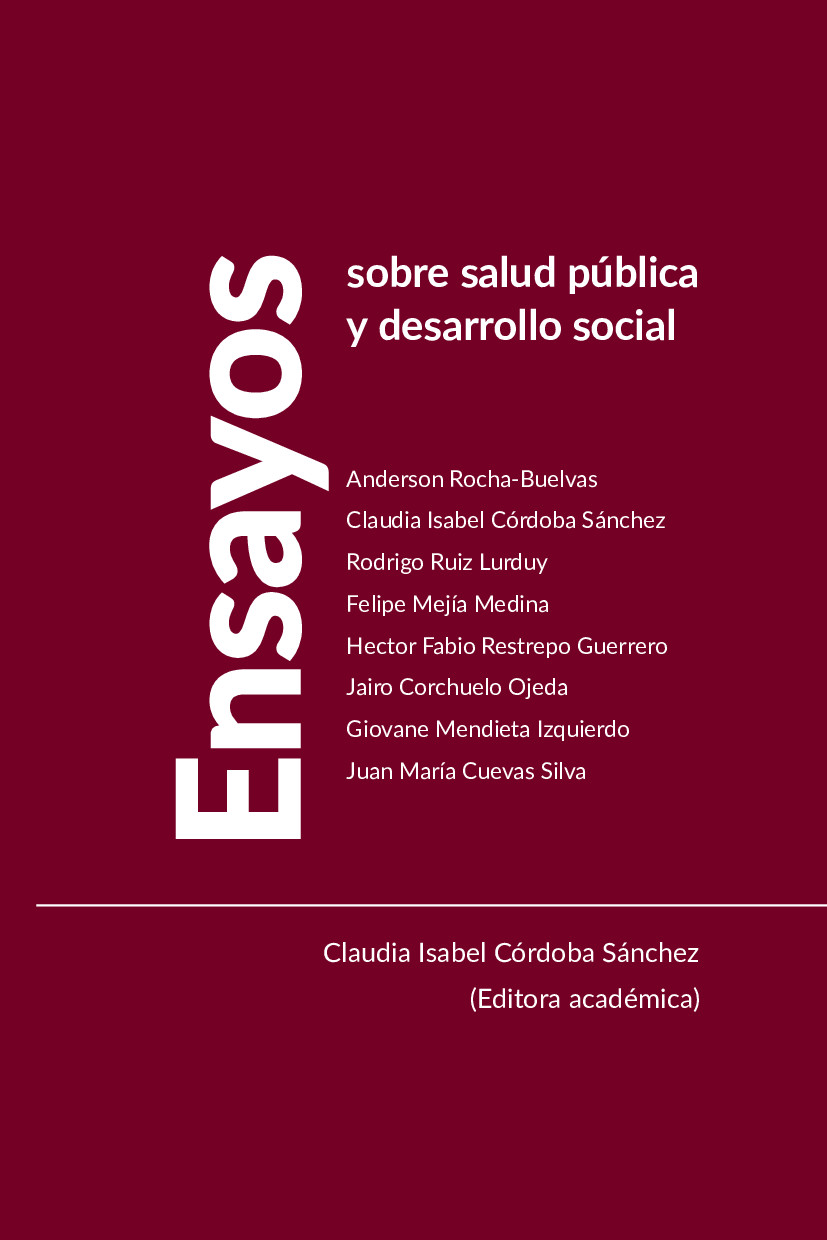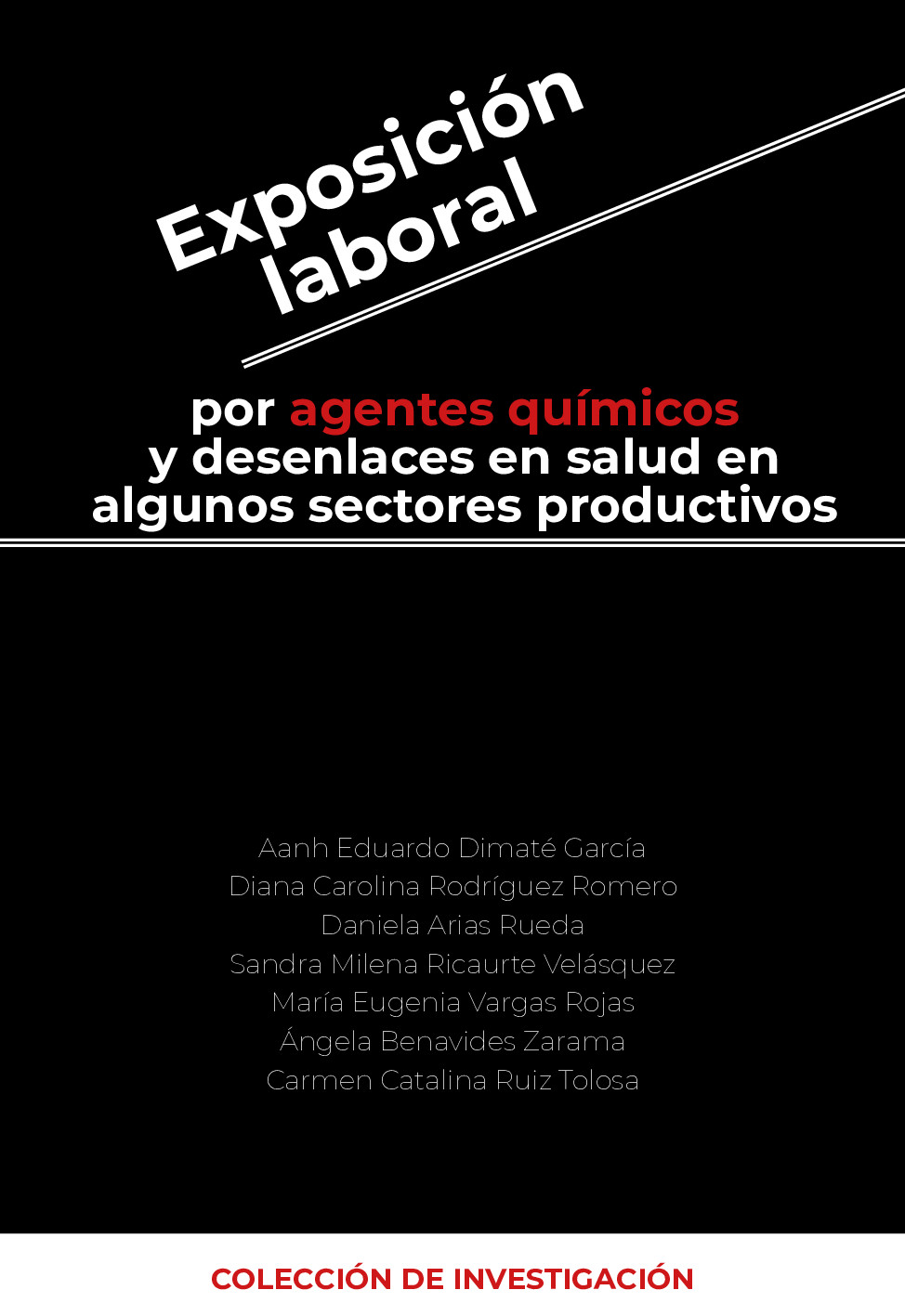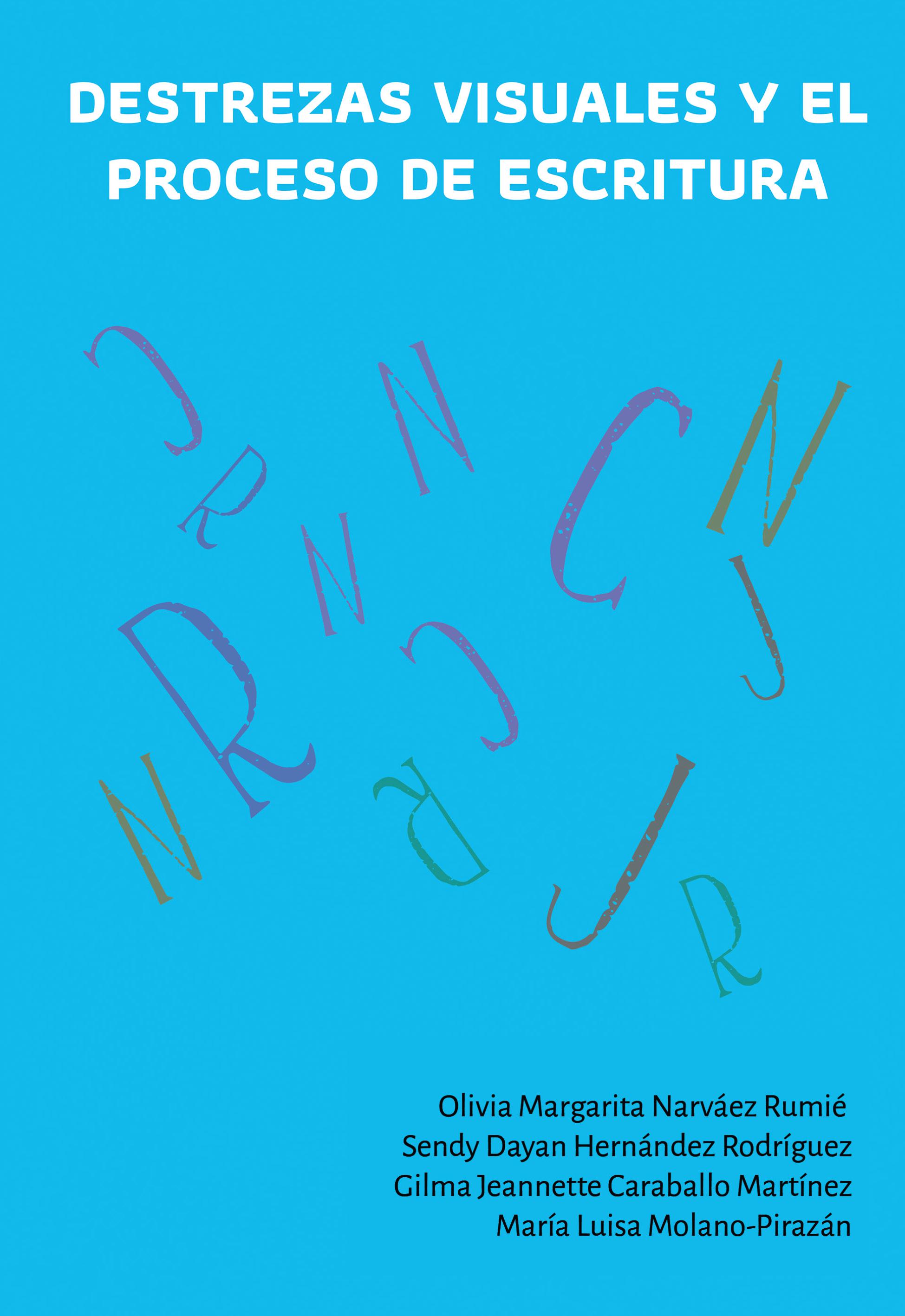Abstract
Introduction: the imaginary are subjective/personal mental constructions belonging to all human and correspond to their way of seeing and understanding the world. These may be explored during the Self-Help Groups in Mental Health (SHGMH) forums. The paper aims to describe the imaginary about mental illness among the participants to the SHGMH, Pereira-2013.
Methods: this is a qualitative study based on Grounded Theory, with comparative analysis by participant observation in two headed debates, theoretical sampling and systematic interrogation. The open coding was followed by axial coding, highlighting the most outstanding codes and contrasting them with the literature.
Results: in open coding, the next categories were found: Doctors-Queries-Barriers; axial coding through comparative triangulation, showed four components: Hope- Coping-Search-Guilt.
Conclusions: it is necessary to develop strategies that promote the continuous renewal of hope and persistence search and coping, releasing guilt and promoting the self-control lost in the process of mental healing.
Keywords:
Licence
Authors should declare no conflicts of interest either for reasons of financing the project which is the result of the article; as well as intellectuals, academics, moral and investigative reasons.
The Journal of Andean Research is home to the ethical rules for publications issued by the COPE: http://publicationethics.org/resources/code-conduct
References
2. ASODEP (Asociación Colombiana contra la Depresión y el pánico) [Internet]. [cited 2013 Jul 21]. Available from: http://www.asodep. org/
3. Asociación Colombiana de Bipolares [Internet]. [cited 2013 Jul 21]. Available from: http://www.bipolarescolombia.com/
4. Rengifo Ramos L, Gaviria Arias D, Salazar Salazar L, Vélez J, Lozano Pardo S. Polimorfismos en el gen del transportador de serotonina (SLC6A4) y el trastorno afectivo bipolar en dos centros regionales de salud mental del Eje Cafetero. Rev Colomb Psiquiatr [Internet]. 2012;41(1):86–100. Available from: http://www.redalyc.org/articulo. oa?id=80624093007
5. Téllez-Vargas J, Castilla Contreras O, Lozano Martínez F, Pamplona Valbuena E. Características clinicas y epidemiológicas de los episodios depresivos en los grupos de autoayuda de la Asociación Colombiana Contra la Depresión y el Pánico (ASODEP). Avances. 2011;11:9–29.
6. Cabarcas M. Guía de imaginarios: poblaciones específicas constructoras de la reconciliación en Colombia [Internet]. 1st ed. Bogotá: Comisión Nacional de Reparación y Reconciliación; 2009. 38 p. Available from: http://www.oim. org.co/publicaciones-oim/reconciliaciony-reintegracion/1491-guia-de-imaginariospoblaciones-especificas-constructoras-de-lareconciliacion-en-colombia.html
7. Helena L, Posada G. Imaginarios de ciudad en niños y niñas de Barranquilla-Colombia * The Imagery of the City for Children in Baranquilla Colombia. 2005;2(1):37–60.
8. Chaves CO, Vanesa C, Rosero M, García DT, Mario J, Mahecha L, et al. Imaginarios de pacientes prequirúrgicos respecto a estructura y función de sus órganos abdominales , un trabajo cualitativo. Rev Médica Risaralda [Internet]. 2013;19(8):50–3. Available from: http://revistas.utp.edu.co/index.php/ revistamedica/article/view/7821
9. Cegarra J. Fundamentos Teórico Epistemológicos de los Imaginarios Sociales. Cinta moebio [Internet]. 2012;43:1–13. Available from: www.moebio.uchile.cl/43/ cegarra.html
10. Restrepo-Ochoa DA. La Teoría Fundamentada como metodología para la integración del análisis procesual y estructural en la investigación de las Representaciones Sociales. Rev CES Psicol. 2013;6(1):122–33.
11. Camargo B IL. Enaltecimiento a la investigación cuaitativa: Pertinencia, aceptación, contribución, viabilidad y problemas no resueltos porenfermería. Visión Antataura. 2013;1:121–9.
12. Martínez FG, Laura D, Saravia H, Karina D. Representaciones sociales sobre higiene bucal en madres y cuidadores de hogares infantiles Social representations on oral hygiene in mothers and caregivers at child care centers. 2013;39(1):59–68.
13. Cardona-Arias JA. Representaciones sociales de calidad de vida relacionada con la salud en personas con VIH/SIDA, Medellín, Colombia. 2010;12(5):765–76.
14. Muñoz Franco NE. Reflexiones sobre el cuidado de sí como categoría de análisis en salud. Salud Colect. 2009;5(3):391–401.
15. Krattenmacher T, Kühne F, Führer D, Beierlein V, Brähler E, Resch F, et al. Coping skills and mental health status in adolescents when a parent has cancer : A multicenter and multi-perspective study. J Psychosom Res [Internet]. Elsevier Inc.; 2013;74(3):252–9. Available from: http://dx.doi.org/10.1016/j. jpsychores.2012.10.003
16. Peterson SJ, Gerhardt MW, Rode JC. Hope, learning goals, and task performance. Pers Individ Dif [Internet]. 2006 Apr [cited 2014 Aug 1];40(6):1099–109. Available from: http://linkinghub.elsevier.com/retrieve/pii/ S0191886905003740
17. Esteves M, Scoloveno RL, Mahat G, Yarcheski A, Scoloveno MA. An integrative review of adolescent hope. J Pediatr Nurs [Internet]. Elsevier Inc.; 2013 Apr [cited 2014 Aug 6];28(2):105–13. Available from: http://www. ncbi.nlm.nih.gov/pubmed/22683530
18. Tutton E, Seers K, Langstaff D. An exploration of hope as a concept for nursing. J Orthop Nurs [Internet]. Elsevier Ltd; 2009 Aug [cited 2014 Jul 25];13(3):119–27. Available from: http://linkinghub.elsevier.com/retrieve/pii/ S1361311109001290
19. Alarcón GM, Bowling N a., Khazon S. Great expectations: A meta-analytic examination of optimism and hope. Pers Individ Dif [Internet]. 2013 May [cited 2014 Aug 6];54(7):821–7. Available from: http://linkinghub.elsevier. com/retrieve/pii/S0191886912005818
20. Amirkhan J, Auyeung B. Coping with stress across the lifespan: Absolute vs. relative changes in strategy. J Appl Dev Psychol [Internet]. 2007 Jul [cited 2014 Aug 6];28(4):298–317. Available from: http://linkinghub.elsevier.com/retrieve/pii/ S0193397307000597
21. Kim DS, Kim HS, Schwartz-Barcott D, Zucker D. The nature of hope in hospitalized chronically ill patients. Int J Nurs Stud [Internet]. 2006 Jul [cited 2014 Jul 24];43(5):547–56. Available from: http://www. ncbi.nlm.nih.gov/pubmed/16140301
22. McEvoy P, Schauman O, Mansell W, Morris L. The experience of recovery from the perspective of people with common mental health problems: findings from a telephone survey. Int J Nurs Stud [Internet]. Elsevier Ltd; 2012 Nov [cited 2014 Jul 23];49(11):1375–82. Available from: http://www.ncbi.nlm.nih.gov/ pubmed/22795789
23. Torres Cubeiro M. Imaginarios sociales de la enfermedad mental. RIPS Rev Investig políticas ys ociológicas. 2012;11(2):101–13.
24. Marcus S, Olfson M. National patterns in antidepressant treatment by psychiatrists and general medical providers: results from the national comorbidity survey replication. J Clin Psychiatry. 2008; 69 (7): 1064–74.
25. Olfson M, Mojtabai R, Sampson N, Hwang I, Druss B, Kessler R, et al. Dropout from outpatient mental health care in the United States. Psychiatr Sev. 2009; 60 (7):898–907.
26. Demyttenaere K, Bruffaerts R, Posada-Villa J, Al E. Prevalence, severity, and unmet meed for treatment of mental disorders in the World Health Organization World Mental Health Surveys. JAMA. 2004; 291:2581–90.
27. Geffken GR, Storch E a, Duke DC, Monaco L, Lewin AB, Goodman WK. Hope and coping in family members of patients with obsessivecompulsive disorder. J Anxiety Disord [Internet]. 2006 Jan [cited 2014 Aug 6]; 20 (5): 614–29. Available from: http://www.ncbi.nlm. nih.gov/pubmed/16084686

 PDF (Español (España))
PDF (Español (España))
 FLIP
FLIP

















